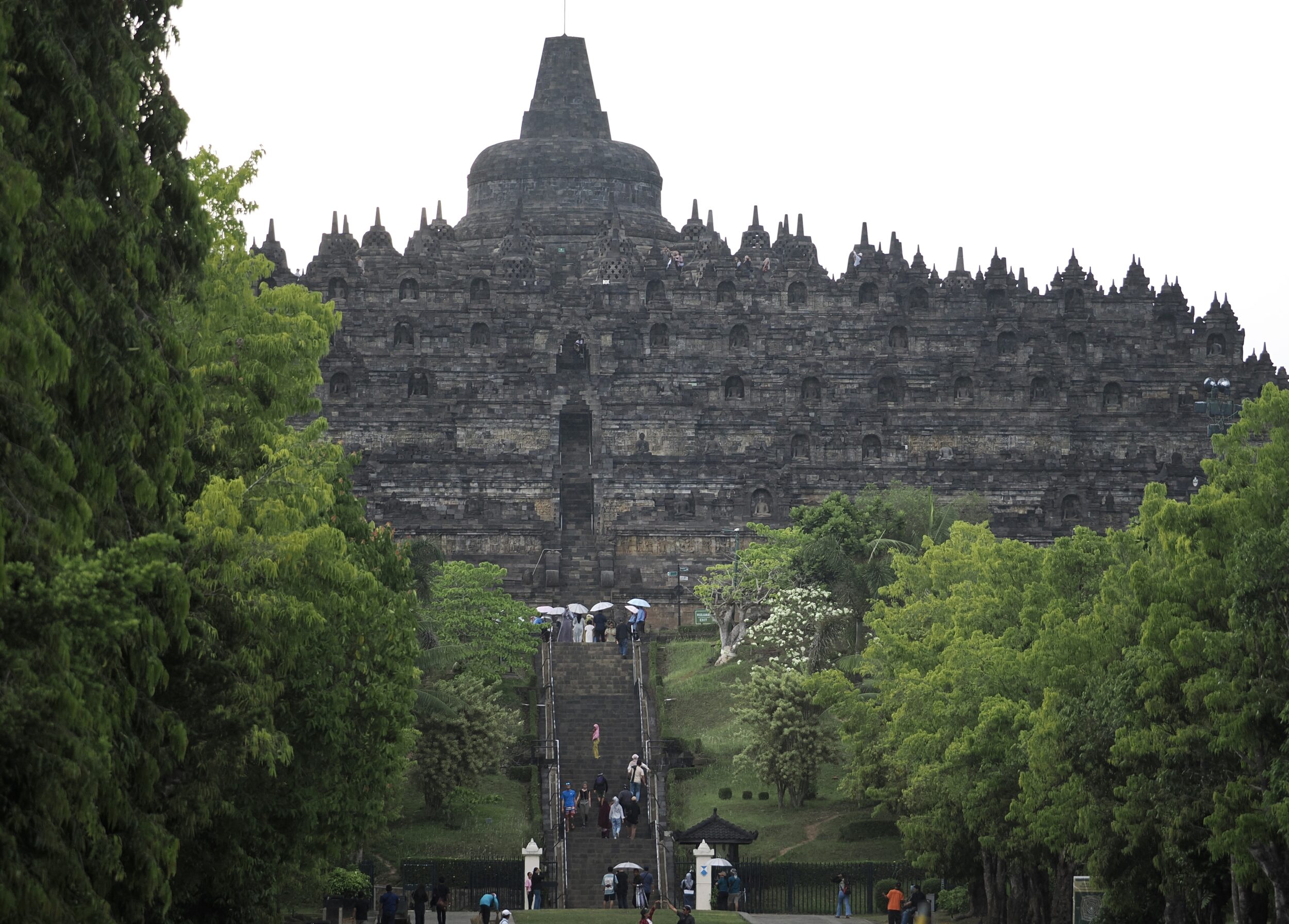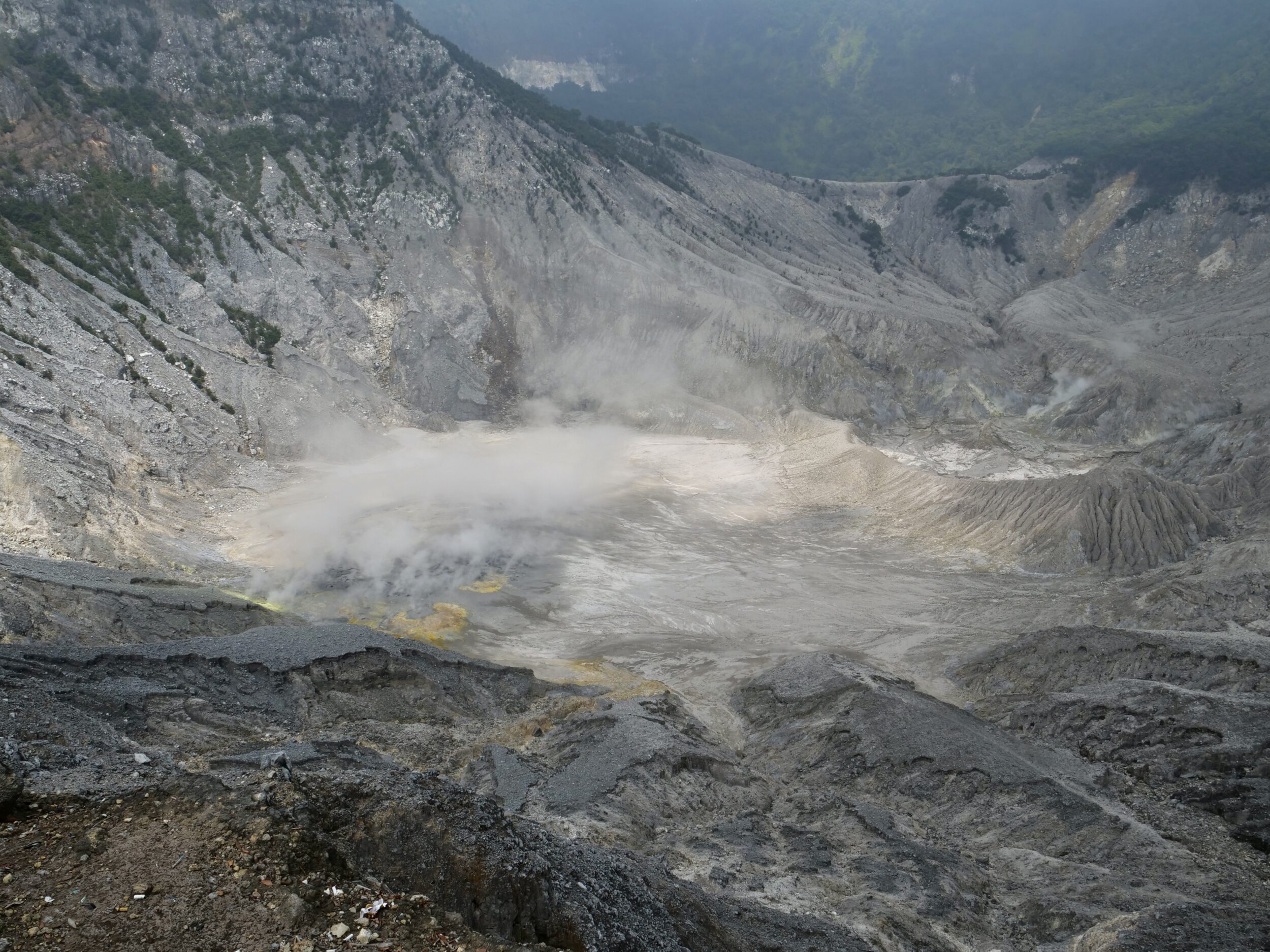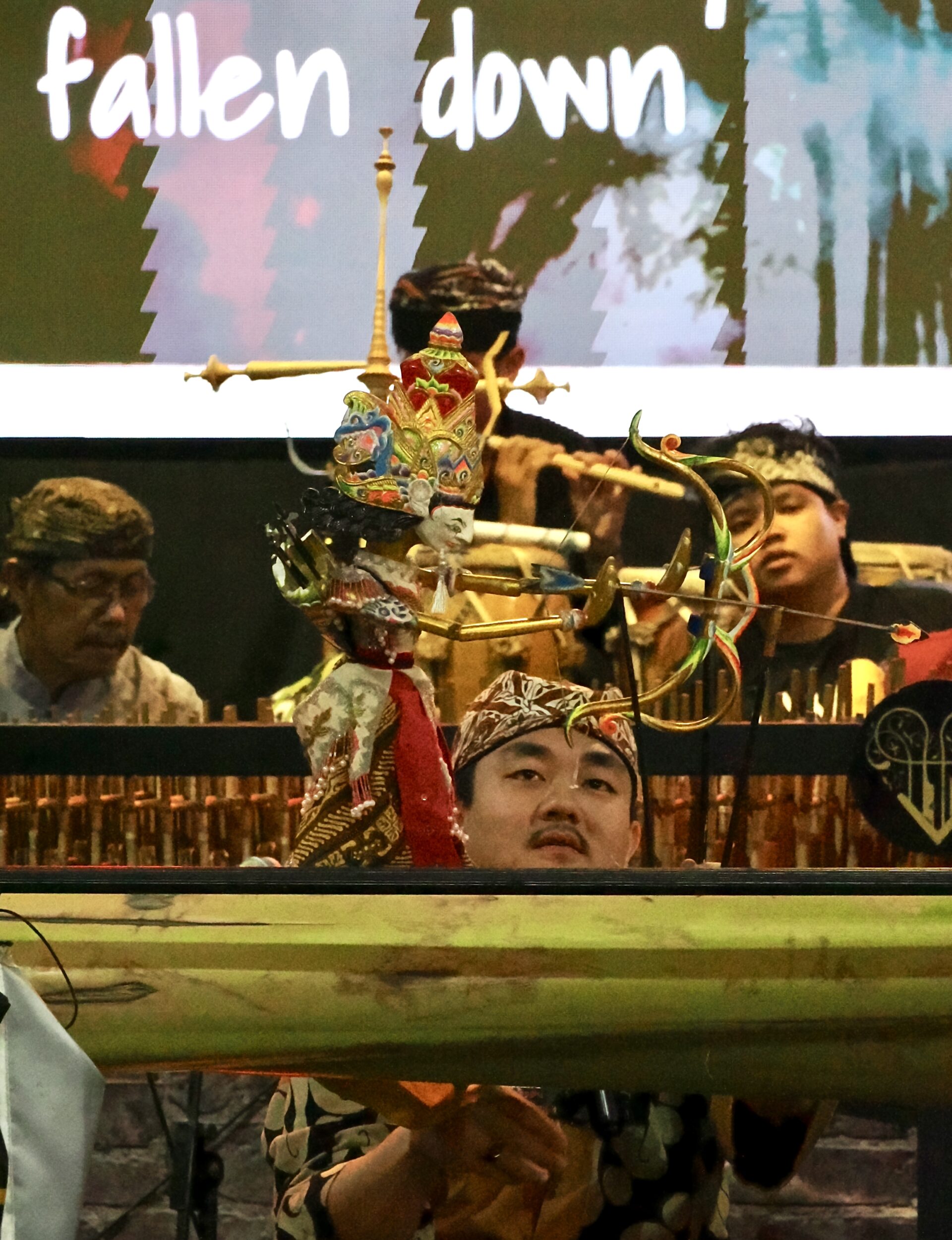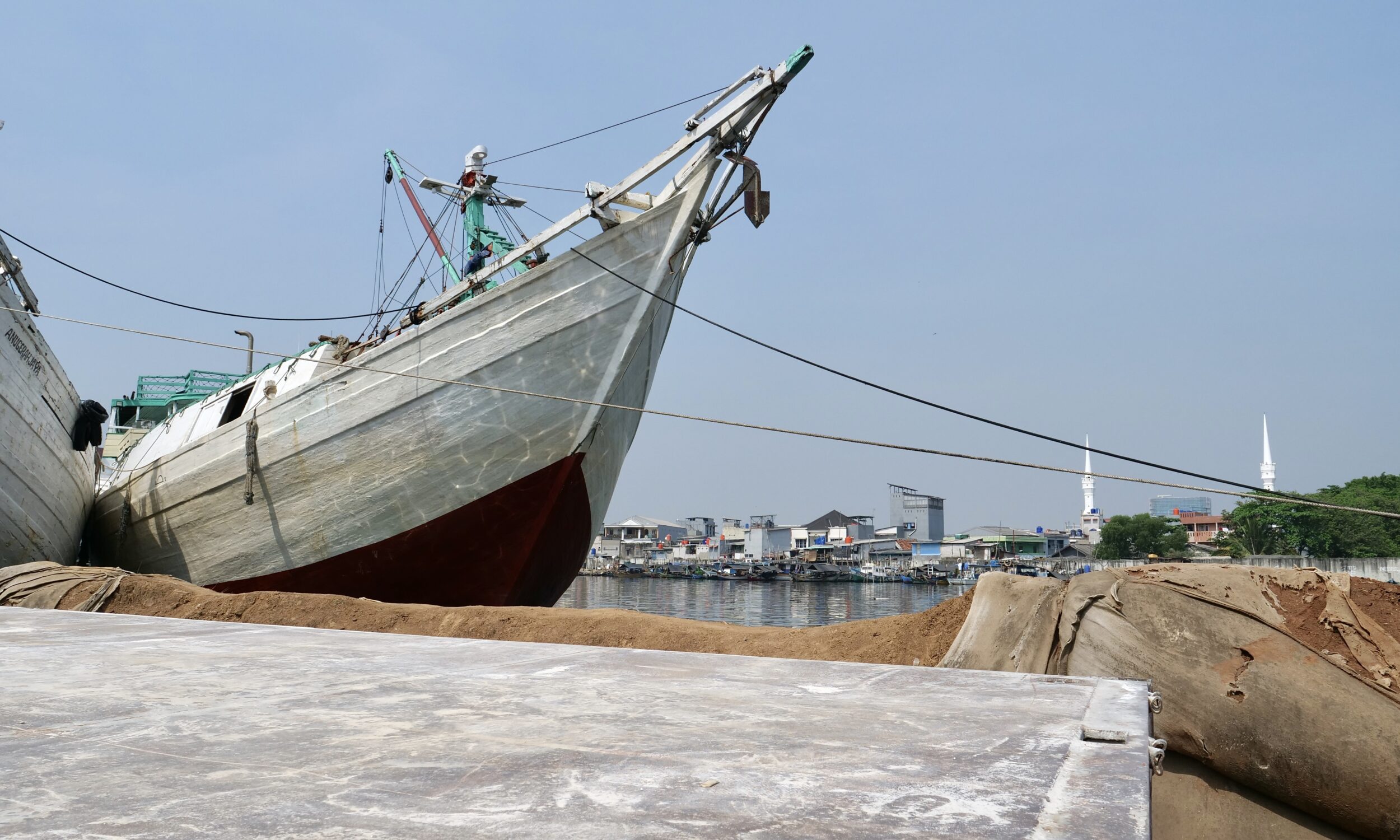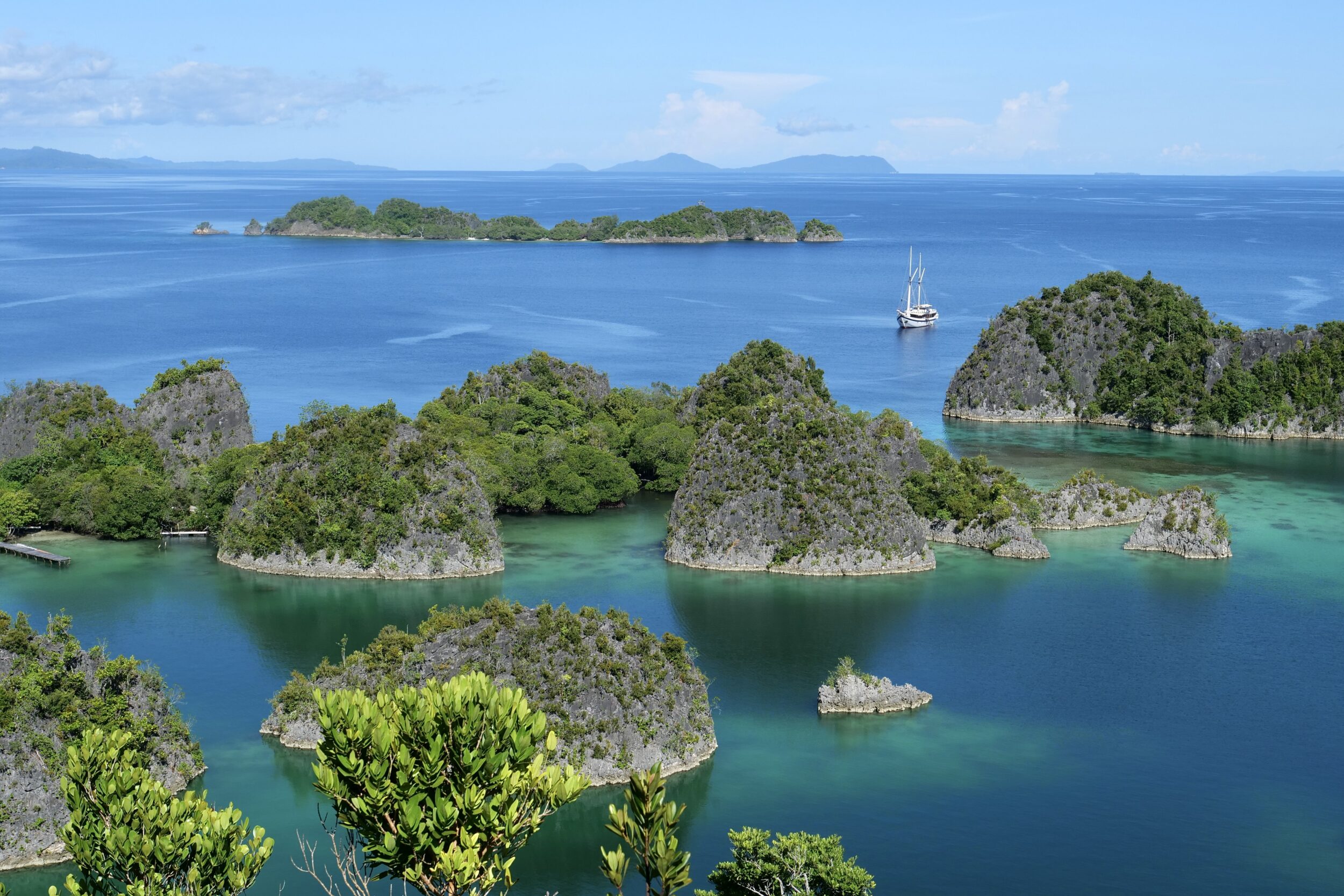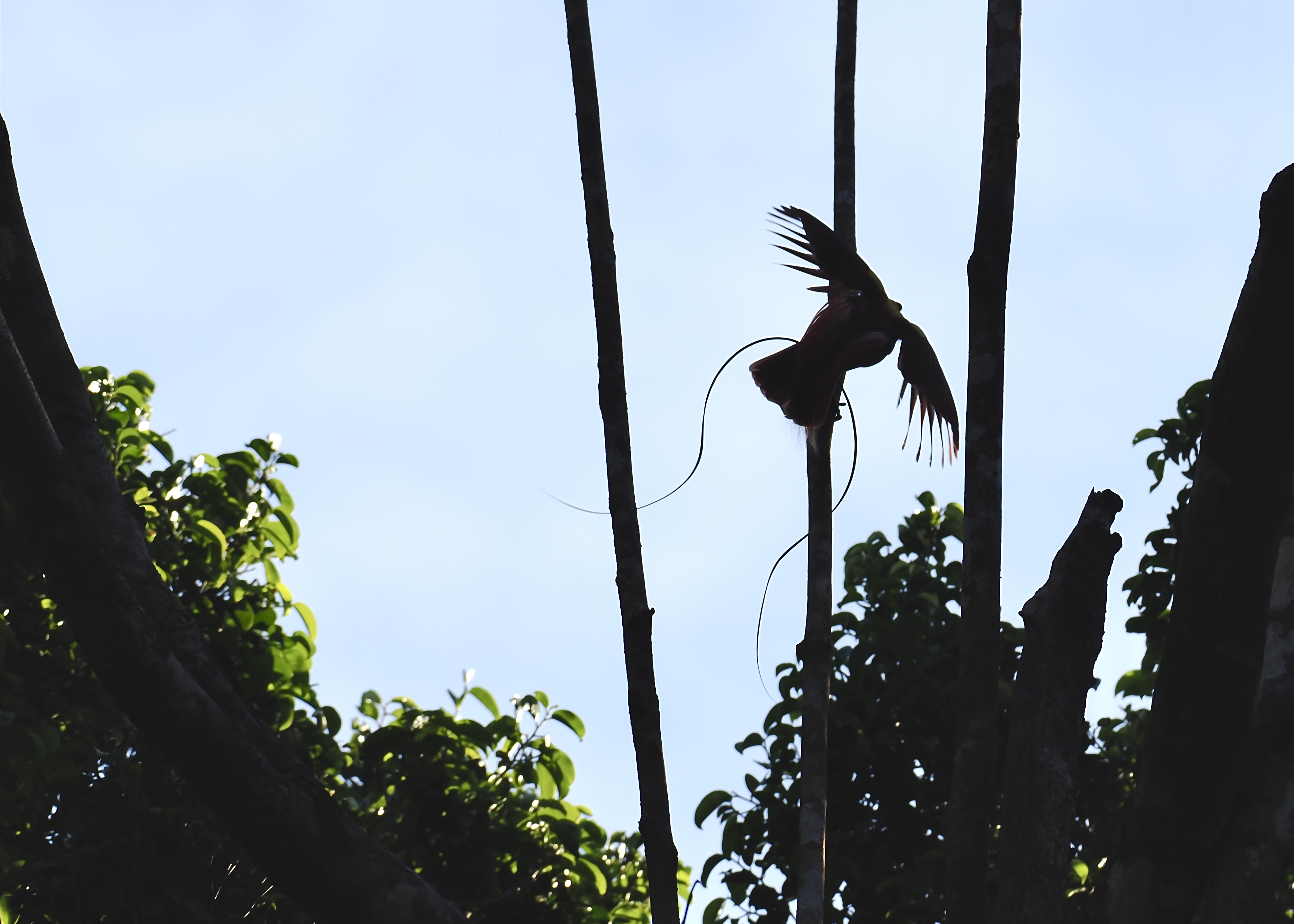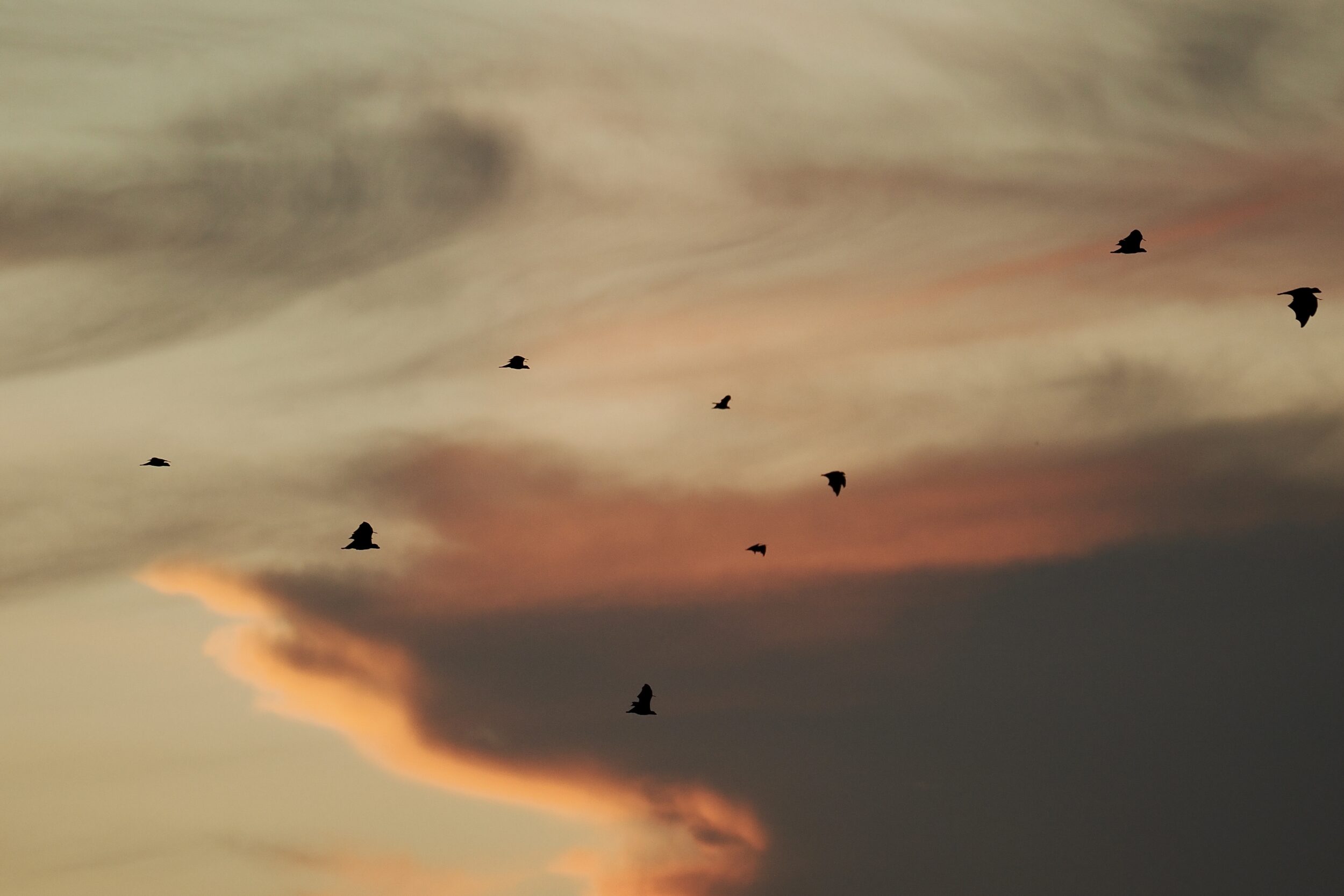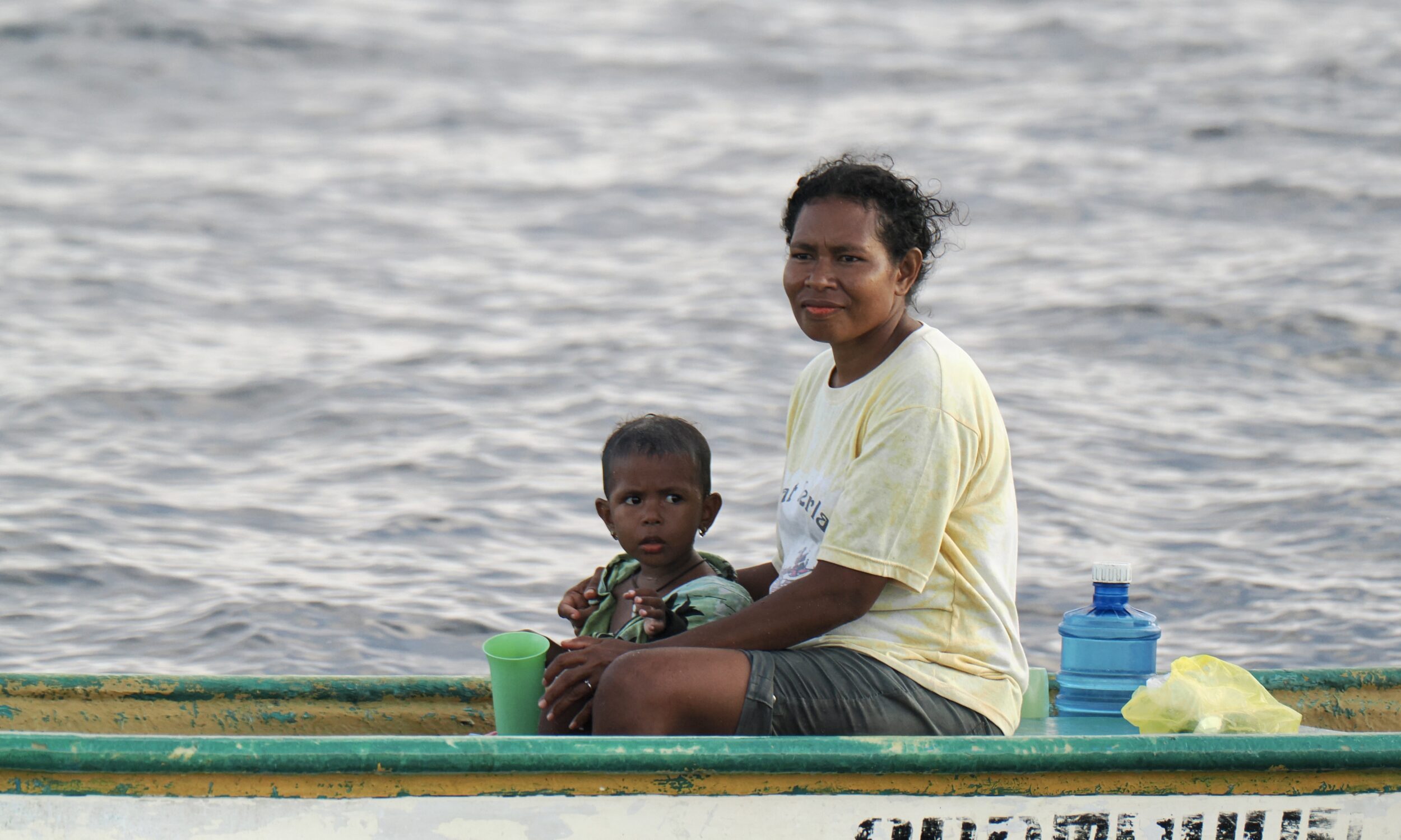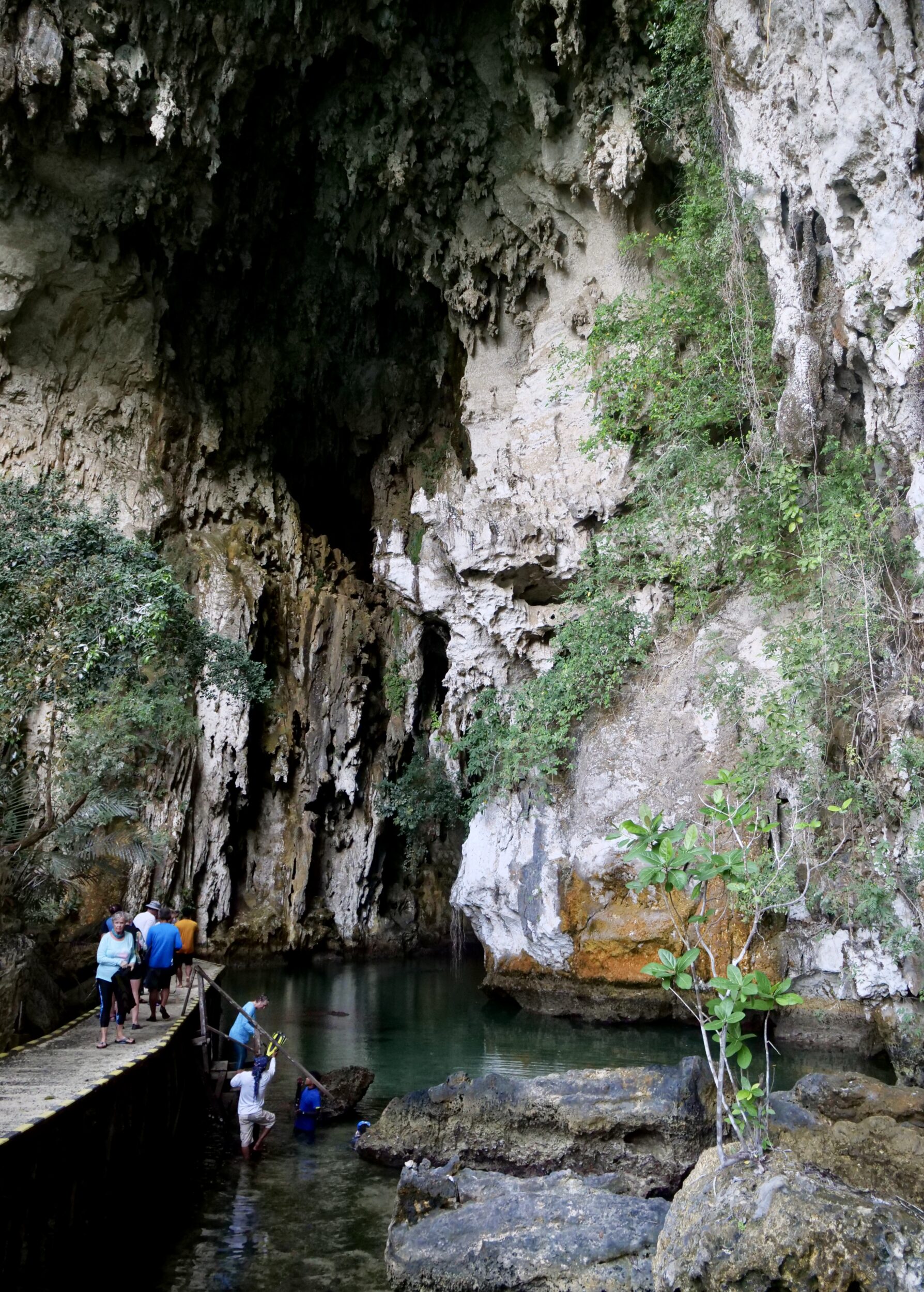Q: where would you find the world’s largest Buddhist temple?
A: in the world’s most populous Muslim-majority nation.
Beautifully sited on a lush plain, between volcanoes, Borobudur is in Central Java,
Java is “our” planet’s most populous island…but is far from its most frantic/frenetic.
My photo was taken at 3.41 pm on 18 October 2024; the prevailing mood was “a relaxed state of high anticipation”.
A few raindrops gently fell, while we waited for our appointed time to ascend the temple steps.
(visitor numbers – and their access and behaviour – are now strictly regulated. Borobudur’s hitherto “laissez faire” regime had been rapidly destroying what the too-many, too-careless tourists had come to see)
The prevailing mood and the rain’s intensity were about to change…dramatically!
Comments closed